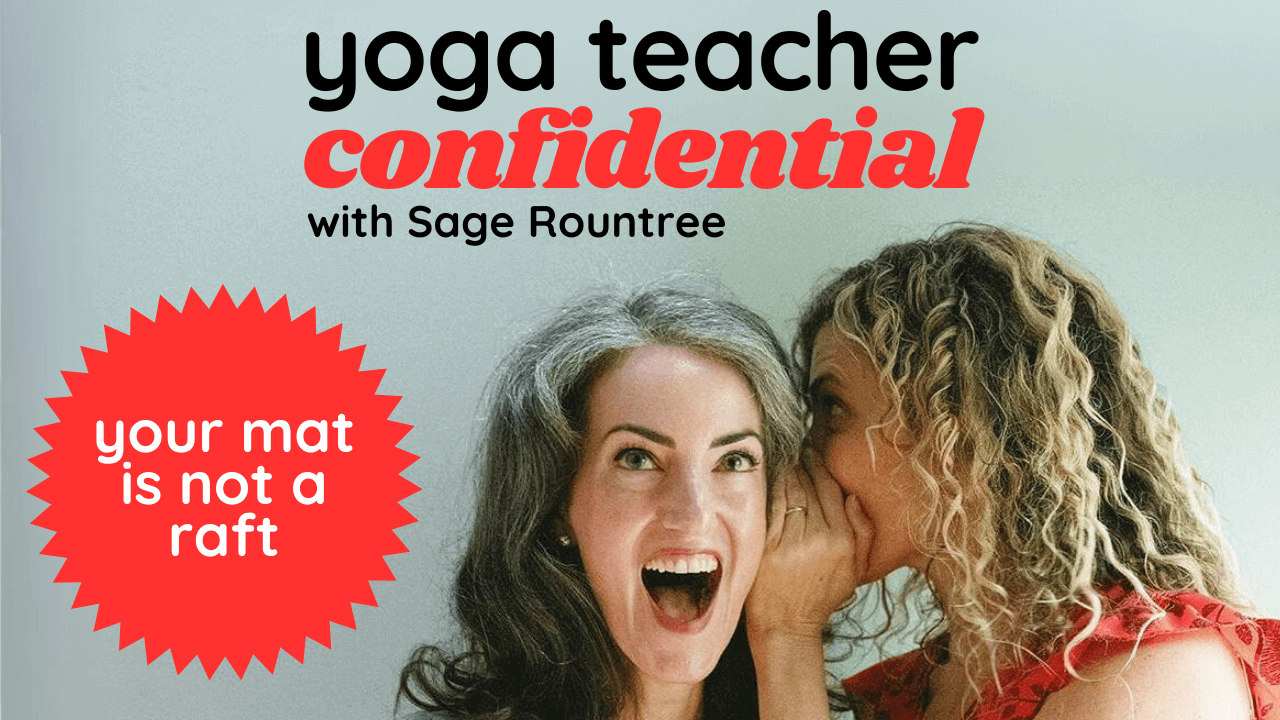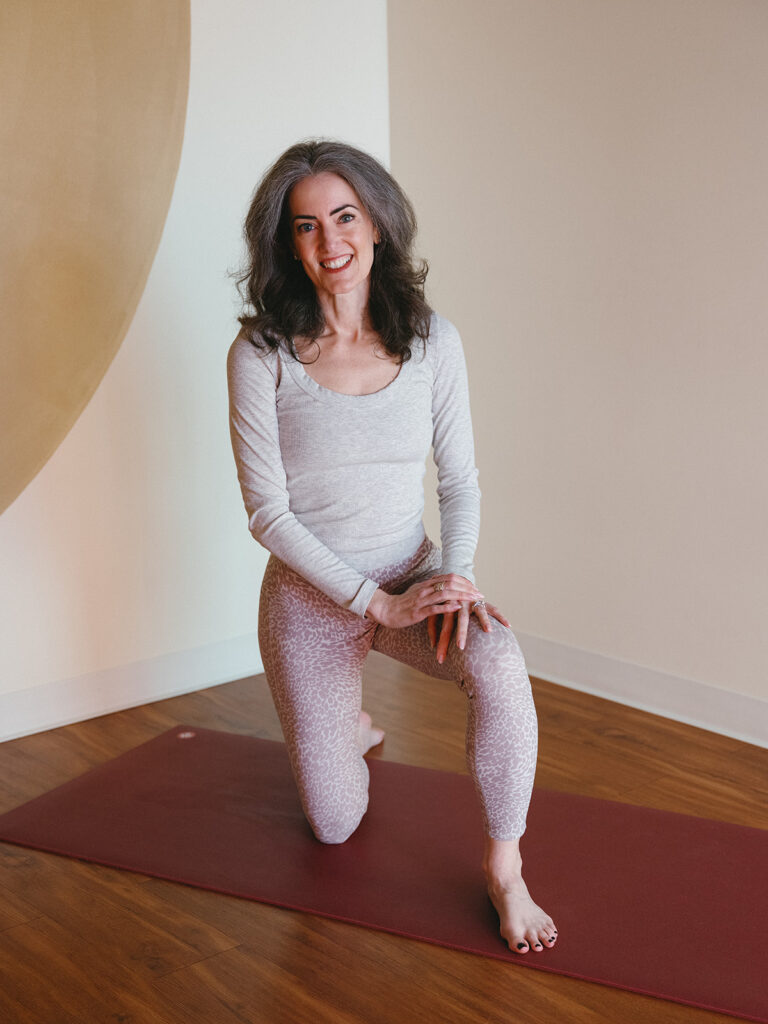Teaching yoga is about more than guiding students through poses. It’s about connection—with your students, the practice, and the space you share. But finding the right balance between demonstrating poses and stepping off your mat to observe can be tricky.
Let’s explore practical ways to approach demonstration and observation, so you can improve your teaching while creating a deeper connection with your students.
your mat: a paddleboard, not a raft
As yoga teachers, it’s easy to feel tethered to our mats. It feels safe there—it’s where we’re grounded and most familiar. But your mat isn’t just a raft keeping you afloat. Think of it as a paddleboard: a tool you can step off of to dive into the current of connection with your students.
When we step off the mat, we can see our students better, meet them where they are, and support them in ways that go beyond verbal or physical cues.
when demonstration is essential
There are times when demonstrating a pose is not only helpful but necessary:
For beginners: New students often need visual guidance to understand the vocabulary and flow of yoga. Demonstration ensures they feel confident and safe as they learn.
In trauma-sensitive yoga: The teacher staying on their mat and practicing alongside the students provides a sense of stability and predictability, which is especially important for creating a safe environment.
Complex transitions: If your sequence includes challenging transitions or unfamiliar poses, a quick demo helps students visualize the movement before trying it themselves.
In some cases, practicing alongside your students can create camaraderie. For example, when I teach core work or tricky transitions in my Yoga for Athletic Balance class, I often participate to build a sense of connection.
the value of observing students
While demoing has its place, stepping off your mat allows you to truly see your students. Observation enables you to tailor your teaching in real-time, offering adjustments, encouragement, or quieter moments as needed.
Ask yourself:
- Am I stepping off my mat to serve my students, or because I feel like I “should”?
- Can I see my students’ needs from where I am, or would leaving my mat give me a clearer perspective?
- Am I balancing observation with connection, avoiding any sense of judgment?
practical tips for teaching off the mat
Stepping off your mat takes practice, but it’s worth the effort. Here are some tips to help you transition:
1. Start Small
Begin by leaving your mat for simpler poses, like reclined or seated sequences, where you can easily observe without feeling like you’re performing.
2. Use Strategic Setup
Position your mat perpendicular to the students’ mats so you can observe without turning your back on them. You might also place a second demo station at the side of the room for clarity in poses that face the long edge of the mat.
3. Repeat Sequences
Repetition builds familiarity. As students practice a flow multiple times, they’ll rely less on visual cues, giving you the freedom to observe and offer guidance.
4. Stay at Their Level
When students are lying down, sit or kneel to avoid looming over them. When they’re seated, rise just enough to maintain a supportive presence without intimidating them.
5. Communicate Your Intentions
Let your students know why you’re moving around the room. For example, “I’ll step to the back of the room to give you a steady focal point for balance.”
assisting: verbal, manual, or both
Observation opens the door to thoughtful assists. If you offer hands-on adjustments, always seek explicit consent—whether through verbal cues, consent cards, or nonverbal gestures.
If manual assists don’t feel appropriate, verbal adjustments can be just as powerful. A quiet suggestion like, “Try bending your front knee and see how that feels,” invites exploration without imposing your will.
connection without judgment
When you step off your mat, remember that your presence matters. Students come to class to feel seen—not judged. (If they didn’t care to be seen, they would follow along with a video at home.)
Simple habits like maintaining a warm expression, offering affirmations, and avoiding over-correction or micromanagement can make a world of difference.
Ultimately, the choice to demo or observe isn’t about following rigid rules. It’s about meeting your students where they are and finding the approach that best serves their growth.
Teaching yoga is an evolving practice. Whether you feel ready to step off your mat more or recommitted to staying grounded on it, the goal remains the same: to foster connection and support your students.
For more on this, listen to S1E19 of Yoga Teacher Confidential!


